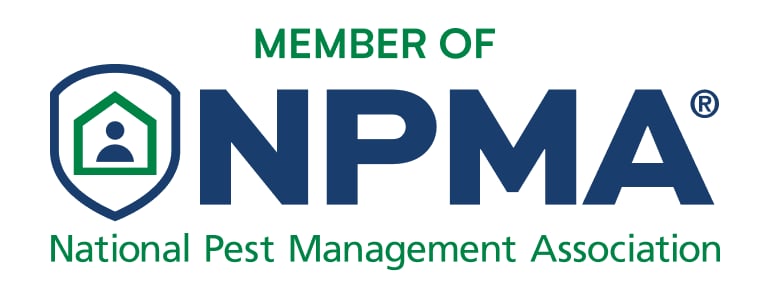You can’t set traps for such little creatures – they will remain in the bedding, nursing from the mother raccoon, until they are about three months old. At that point they may begin to leave the nest.
You can’t merely trap the mother raccoon and leave the babies in the house to starve. They must be removed by hand. Whenever you have a raccoon nest in the attic, it is best to do the following.
Raccoons and homes
A raccoon isn’t picky about where it lives. Outside, the most common material used are long grasses; however, Raccoons are smart enough to bring all kinds of material back to their hidey hole to make a nest.
If you are poking around in your attic looking for the nest, it may take you a moment to locate where the nest is situated.
Just stay calm and listen in silence for a while and you will begin to hear the occasional rustle and mewling whine coming from different spots in the attic.
If you are patient, you can slowly track down where the noises are coming from.
If you aren’t sure that the raccoon in your attic has a nest full of kits, it may be best to assume that it’s the case. The majority of adult raccoons that enter attics are females looking for a safe space to raise their young.
This doesn’t mean you’ll never find a male raccoon lurking around, it just means that females are the most common. If you catch a glimpse of the raccoon (and you just need to know its gender), look for a heavy milk laden waddle.
This is a sure sign that your raccoon has a nest up there. Without that kind of confirmation, you may need to be an expert to tell if your female raccoon is nursing young at just a glance.
At this point, if you have a raccoon nest up in your attic, it’s a good idea to call the professionals at AAAC Wildlife Removal. We have decades of experience in helping homeowners remove raccoon nests and seal up their homes to prevent it from happening again.












